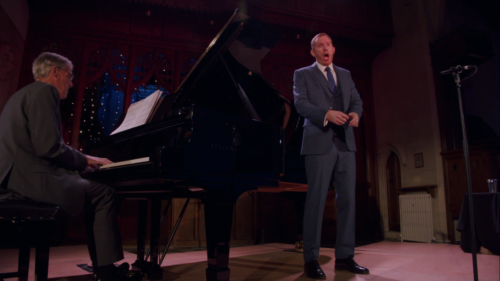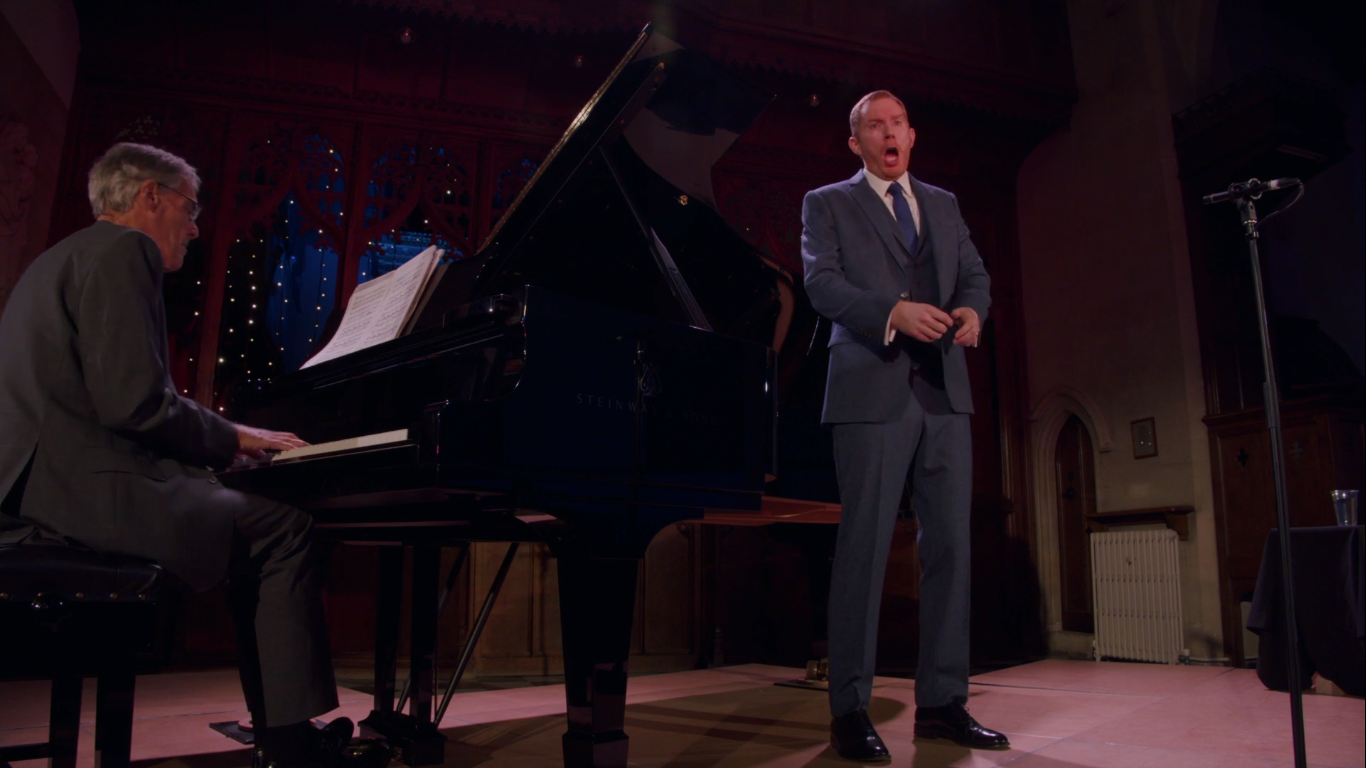
 United Kingdom Oxford Lieder Festival 2021 [5] – Various, To the Distant Beloved: Olivia Boen (soprano), Robin Tritschler (tenor), Dylan Perez and Roger Vignoles (piano). St John the Evangelist Church, Oxford, 22.10.2021 (CR)
United Kingdom Oxford Lieder Festival 2021 [5] – Various, To the Distant Beloved: Olivia Boen (soprano), Robin Tritschler (tenor), Dylan Perez and Roger Vignoles (piano). St John the Evangelist Church, Oxford, 22.10.2021 (CR)

Undine Smith Moore – ‘Love let the wind cry’
Lee Hoiby – Winter Song
Joseph Schwantner – Black Anemones
Tom Cipullo – Touch Me
Beethoven – An die ferne Geliebte, Op.98
Brahms – In Waldeseinsamkeit, Op.85 No.6; In der Ferne, Op.19 No.2; Nachtigallen schwingen, Op.6 No.6; An die Nachtigall, Op.46 No.4; Nachtigall, Op.97. No.1
Schubert – Liebesbotschaft, D 957; Am Strome, D 539; Am Flusse, D 766; Auf dem Flusse, D 911; Am Bach im Frühling, D 361; Die Forelle, D 550; Der Fischer, D 225
This recital juxtaposed quite different songs in its two parts, with repertoire from the German Romantic period following more modern and obscure American items, whilst cleverly maintaining its specific theme of ‘to the distant beloved’ from Beethoven’s eponymous cycle. The quartet of 20th and 21st century American songs to open were delivered as part of this year’s emerging artists forum in each recital, in a forceful, passionate manner by Olivia Boen despite the expressions of devotion to a tantalisingly distant beloved person in the poetry, spoken of in terms of images from the natural world, or against its backdrop.
‘Love let the wind cry’ was appropriately gusty with some wild vibrato which Boen varied in colour, followed by a more reserved interpretation of Winter Song but still with sparkling tone. Dylan Perez’s warmly rippling accompaniment on the piano for Black Anemones set the tone for Boen’s somewhat less declamatory execution, before a similarly reflective and controlled series of chords for the piano served as the springboard for her ardent account of Touch Me.
Robin Tritschler and Roger Vignoles began the principal part of the concert with the second outing in this festival for Beethoven’s seminal An die ferne Geliebte. Compared with Ian Bostridge’s earlier foray, with its psychologically charged and anguishes interpretation that brought the work within a similar emotional ambit as Schubert’s Winterreise, Tritschler’s was a much more conventionally lyrical and expressive reading, that almost transcended yearning to achieve a degree of resolution and contentment. But it certainly embraced tension and development too, particularly on account of Vignoles’s tendency to press on with the piano part to forestall any wallowing sense of hopelessness or inert self-reflection, and thereby setting up a dynamic dialogue between instrument and voice. Particularly telling was the flighty piano accompaniment at the outset of Leichte Segler to denote the ‘light clouds sailing on high’, giving rise to an expression of expectation and hope in Tritschler’s singing, before the Schubertian switch to the minor key at the mention of autumn which fundamentally changed the mood. Tritschler traced a satisfying trajectory throughout the cycle, from an earnest, longing opening; more warmly and quietly enunciated songs in the middle; a ringing alacrity for Es kehret der Maien; and ending with quiet resolution for the final song.
The first of the following selection of songs by Brahms continued the theme of solitude amongst nature, and distance, with a wistful and tender performance of In Waldeseinsamkeit which actually declaims the word ‘ferne’ three times, here delivered by Tritschler quietly but incisively. That led on to a more unsettled interpretation of In der Ferne, followed by three songs linked by the theme of nightingales, with Vignoles’s accompaniments continuing to add drama to Tritschler’s generally captivating, tender renditions, though a tremulous edge towards the climax of An die Nachtigall garnered tension.
The Schubert settings turned to scenes of rivers and brooks, bringing out a wider range of contrasts, from the urgent note struck in Liebesbotschaft and Auf dem Flusse, and even within Am Strome for its final verse, after its more intimate, conversational opening; to the still and serious mood sustained for Am Bach im Frühling. Even the old warhorse Die Forelle sounded fresh with Vignoles’s playful way with the bubbling motif in the piano to evoke the gurgling water with a touch of rubato, and an impression of quiet authority on Tritschler’s part in not so much telling a sardonic story with the levity that usually accompanies this song, as reflecting with some moral weight and regret upon the trout’s fate.
Despite their respectively more extrovert and introvert musical presences in this recital then, Boen and Tritschler’s contributions complemented each other by drawing its themes together in bold and enriching contrast.
Curtis Rogers
